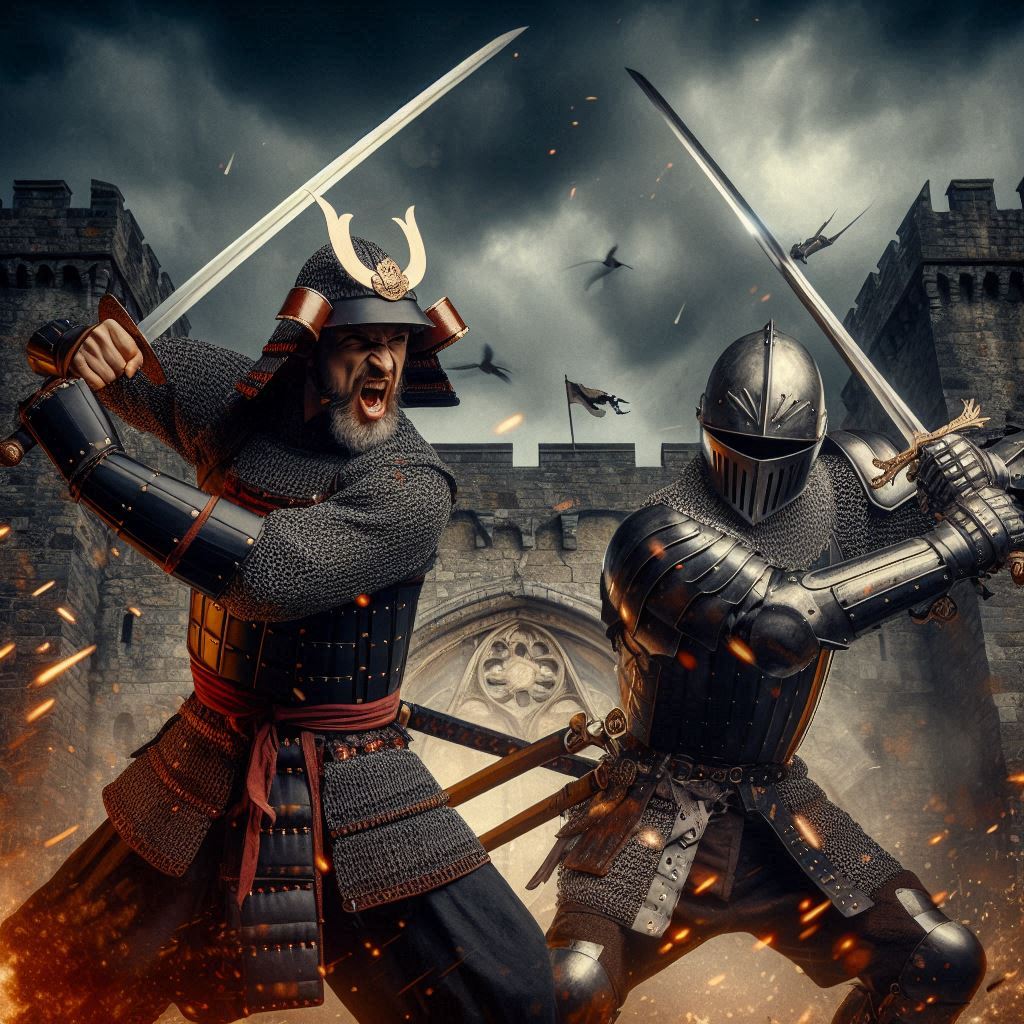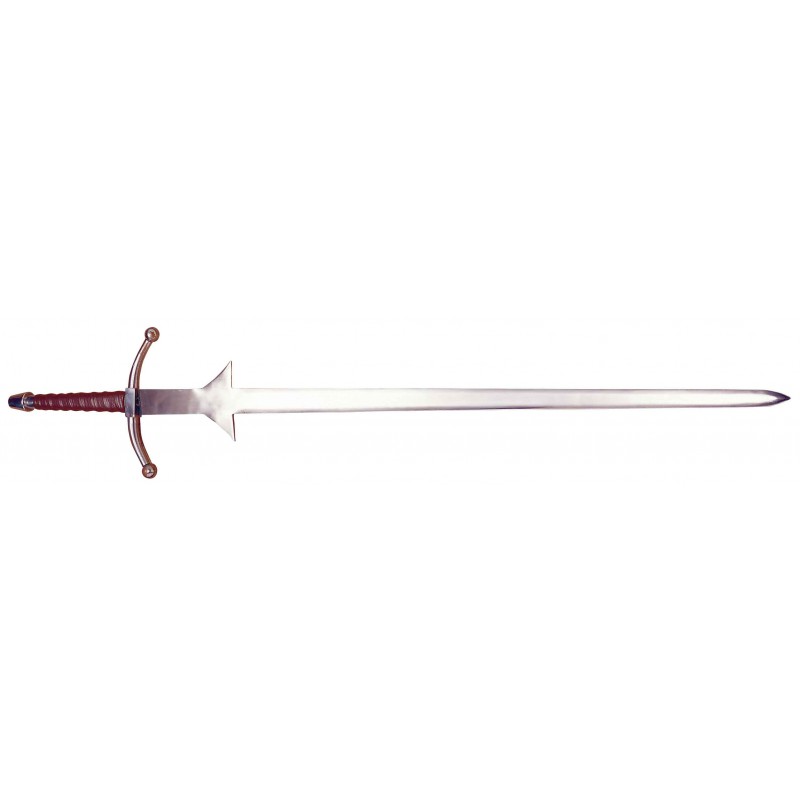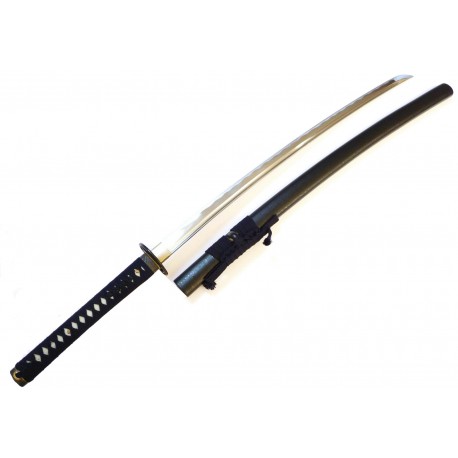Katana Vs Medieval Sword
The katana and the medieval sword are two of the most iconic weapons in the history of warfare, each representing the culture and technique of their respective civilizations. In this comparative analysis, we will explore their origins, characteristics, and performance in combat, allowing you to better understand their differences and similarities.
Origin and Fabrication
Katana
Originally from Japan, the katana is a sword characterized by its curved, sharp blade, primarily made of tamahagane, a pure steel derived from iron sand. The katana is not only a weapon but also symbolizes the bushido code, reflecting fundamental values such as honor and loyalty in samurai culture.
Medieval Sword
The medieval sword encompasses various forms and styles used in Europe throughout the Middle Ages, with the longsword being one of the most renowned versions. These swords were made of high-quality steel, with weights ranging from 1.5 kg to 4 kg, depending on the model, which directly affects their maneuverability and effectiveness.
Characteristics and Combat Use
Katana
The katana is noted for its agility, allowing for quick and precise cuts, especially in close-range combat. Its curved design provides a significant advantage in direct attacks, making it the ideal choice for warriors trained in the art of swift combat.
Medieval Sword
On the other hand, the medieval sword, especially the longsword, favors combat techniques requiring greater reach. Its flexible hilt offers additional protection and allows the warrior to use different attack techniques, from deep strikes to defensive maneuvers.
Comparison of Efficacy
Efficiency in Cutting and Piercing
In terms of cutting and piercing efficacy, the medieval sword can surpass the katana under certain circumstances, especially when dealing with armor. However, the katana compensates for this with its speed and effectiveness in hand-to-hand confrontations, a crucial factor in close combat.
Mobility and Precision
The katana is known for its high mobility, benefiting those who prefer a swift fighting style. In contrast, the longsword, although less maneuverable, offers a more robust structural defense, ideal for longer-distance engagements, though its use may be slower in closed situations.

Perfectly adapted to their contexts and combat techniques, both the katana and the medieval sword present unique advantages. Knowing their history and characteristics allows us to appreciate the cultural richness each represents, as well as their role in the evolution of the art of combat.


















